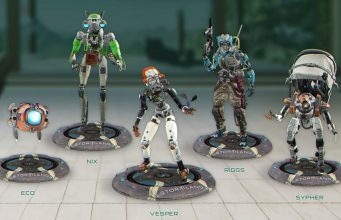
Stormland, the VR open-world adventure from Insomniac Games, is set to launch tomorrow. The studio isn’t only offering the chance to unlock virtual collectibles for display in your Oculus Home when you actually play the game (a function made available to Rift platform titles some time ago), but in a bid to coax pre-orders, Insomniac is also offering exclusive collectibles to anyone who plonks down the $40 now before it goes live, raising a few important questions: ‘Are VR digital pre-order collectibles a thing now?’ and ‘Why the hell should I care?’
Are VR Pre-order Collectibles a Thing Now?
Yes. Virtual pre-order collectibles exist now, ergo they are a thing; however it’s a bit more complicated than that. What purpose do they really serve? And how are they different from your bog standard virtual items? I’ll get to that, but first a bit of recent history for the sake of context:
In 2017, Oculus made Home customizable for all users as a part of its Rift Core 2.0 update, which represented a big shift for the Rift platform towards a more user-centric space. Before then, Oculus Home was basically a 3D splash page for the Oculus Store and game library, but as Home became something of an item-driven social space, it also made us all unwitting digital hoarders in simulacra, as we weren’t simply given a full set of stuff to arrange and play with, but were rather given an intentionally limited set of items that would then slowly expand over time.
Users were, as they are now, treated to a magical gift box delivered to their Home space each week for simply returning to play a Rift game, the contents of which hold three random items; furniture, toys, and decorations aplenty.
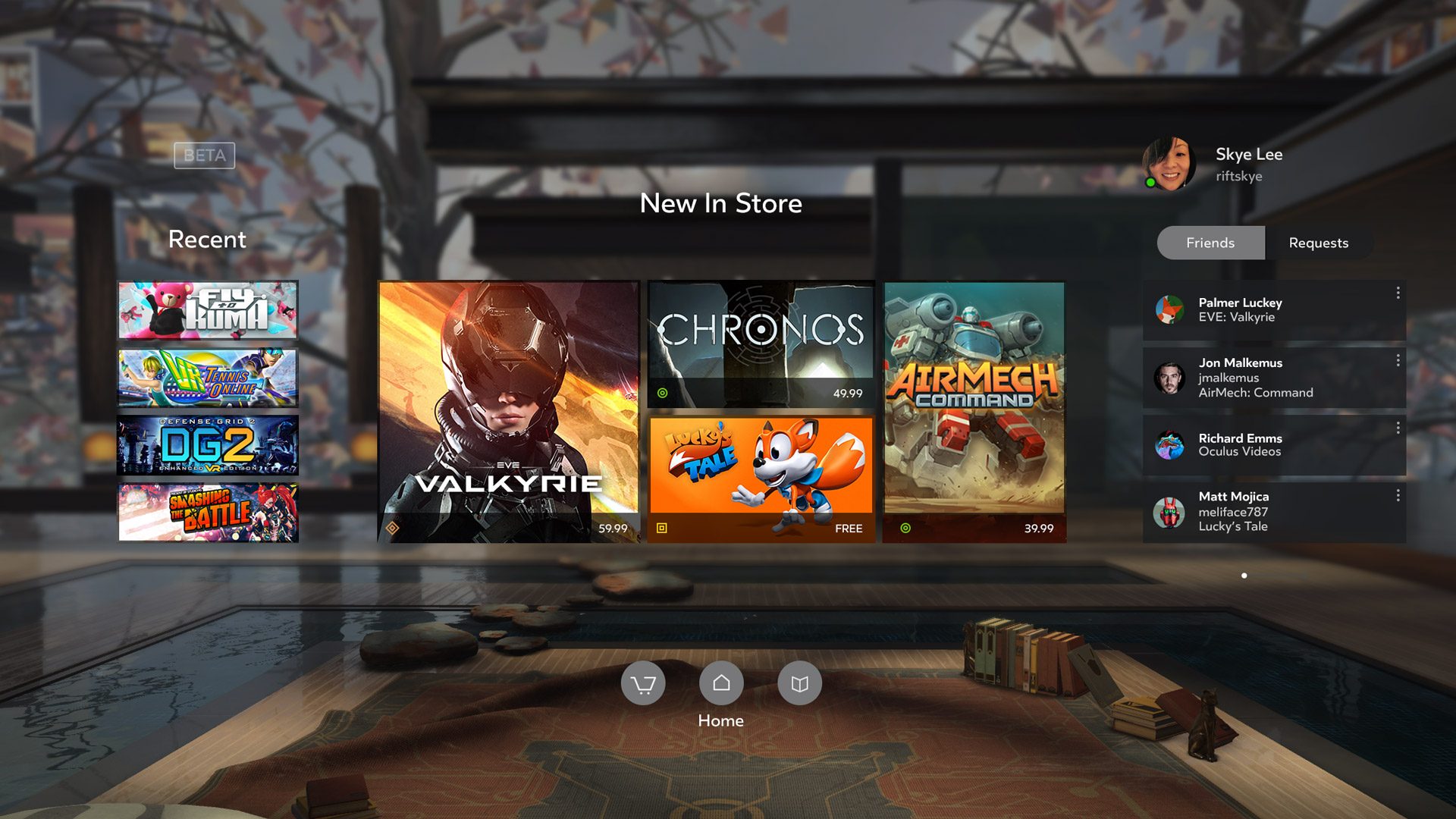
At the time, Oculus was no doubt experimenting in how to best drive user engagement, which is one of the biggest factors that VR has yet to nail—hence the boxes and slow drip of Home items to try and coax players back into their headset. Look no further than any of the largely depopulated multiplayer-only VR games launched in 2019 and you’ll know first-hand why nailing engagement is so critical.
That said, it’s unclear whether Home’s infinite dole of boxes really does bring enough people back for their weekly dopamine drip in the form of a gift unboxing; I have a pile that stretches back four months.
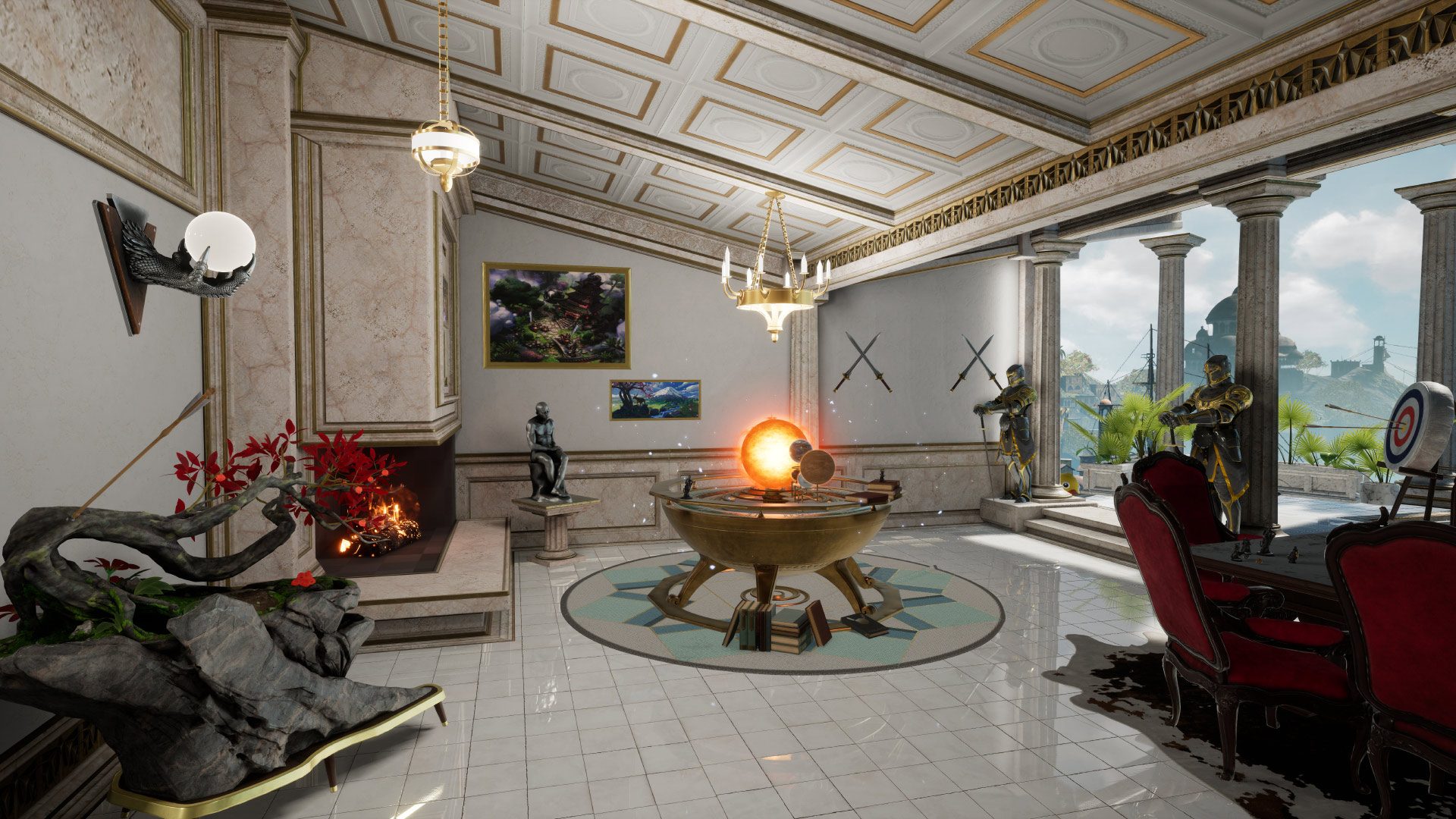
Eventually some unique collectibles were offered up though, such as an Oculus Rift DK1 owner statue indicating that you were an original Kickstarter backer (among other things), but it wasn’t until Oculus opened Home up to developers in October of last year that the ‘achievement’ model was fully realized. Achievements were no longer generic virtual plaques to hang on your virtual walls; studios had the option to create custom models and trophies representing achievements which you could proudly display—things with real workmanship that looked just like what you’d find in the game.
Side note: in addition to free virtual merch, users can import objects created in Oculus Medium, the platform’s art app, and can now also import .glb object files of any item you can create yourself, buy, or scrounge from the Internet, making Oculus Home more open in it customizabilty.
With the entrance of Asgard’s Wrath (2019) last month, the Rift-exclusive melee adventure game from Sanzaru Games, it seems pre-order collectibles are definitely a thing now, and depending on how well Stormland does, we may be seeing even more.
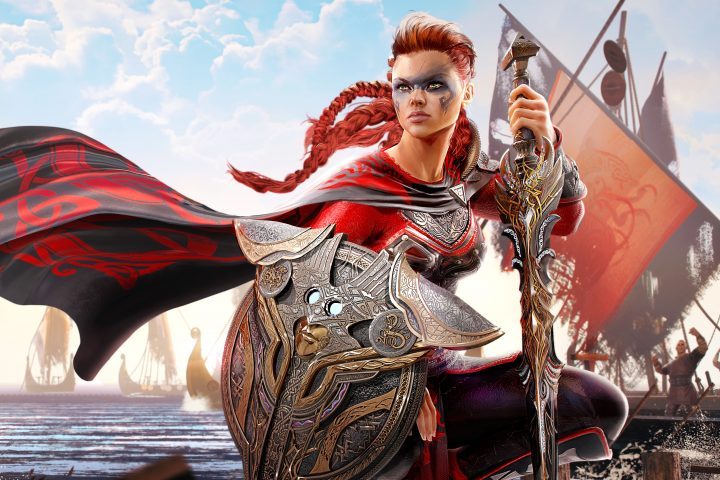
Asgard’s Wrath offered up a special shield and sword for use in-game, while Stormland is serving up five character model statues for your Oculus Home; not anything to write home about, but interesting to see how Oculus, the publisher of both games, is treating its thoroughbred ‘AAA’ titles in lieu of a pre-order discount or some physical bonus items.
What is clear: Oculus is experimenting again to see how it can squeeze greater user engagement out of its likely now stable pool of PC VR headset users, and whether the cheap and cheerful digital rewards will tip the scales in pre-order numbers.
Who the Hell Cares? (for now)
I’ll admit it. I don’t pre-order games on principle, partly because I don’t think it makes any real sense as a consumer (are they going to run out of digital downloads?), and partly because I don’t care about what I see as contrived extras; the same goes for Special Editions.
When it comes to physical bonuses, I simply don’t have the need for more decorative junk in my life anymore—no more than I need used newspapers or mass-print paperbacks that would be better served as a few megabytes living on my Kindle. I don’t want any more plastic and ceramic jetsam clogging up the precious space in my apartment, which is already reserved for flailing around motion controllers.
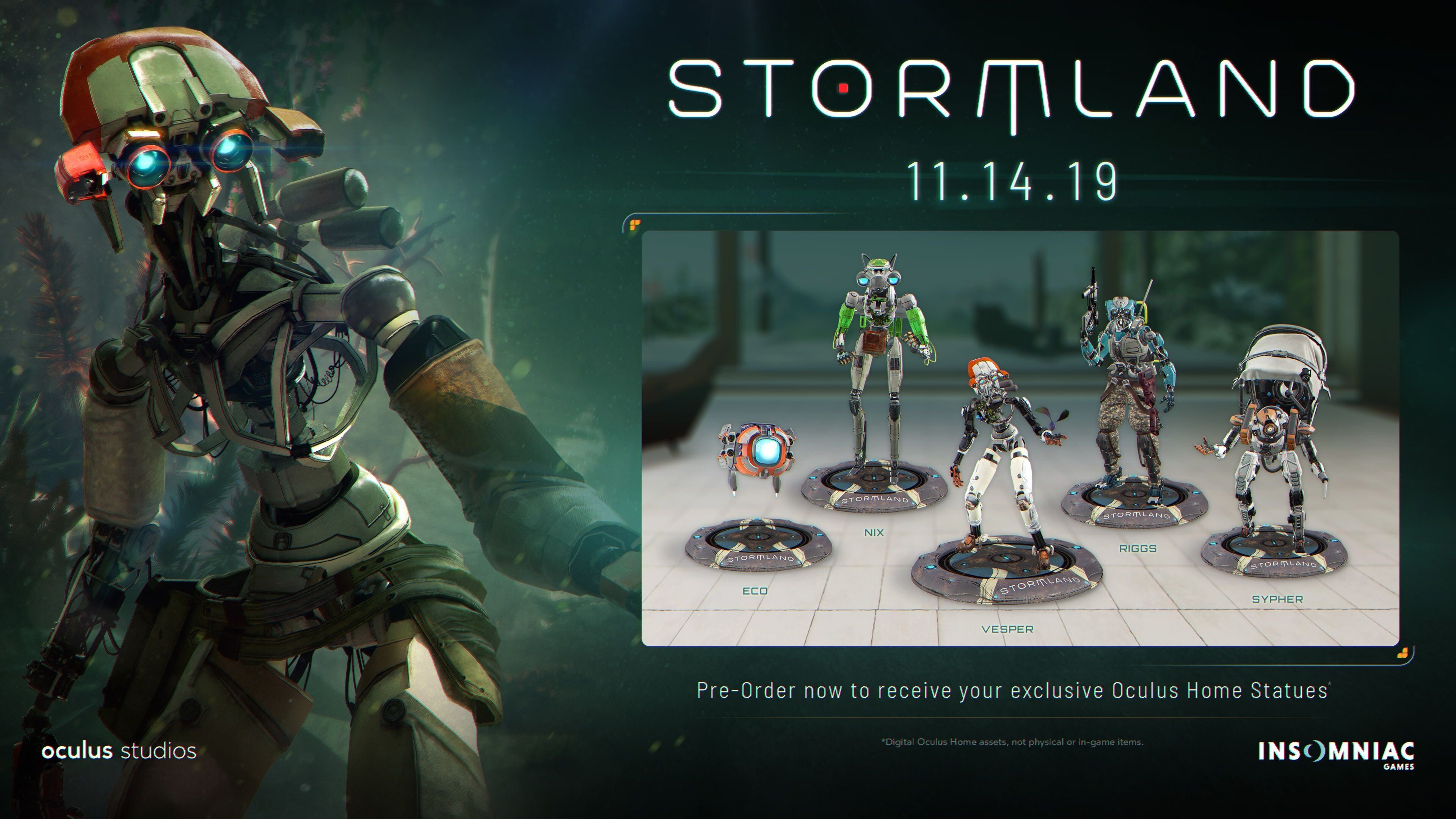
Although I’m a proud Apex Legends no-skin, I really don’t mind digital collectibles as long as they add value to my experience. However outside of the multiple hours of virtual interior design to make my perfect Home back when they both Oculus Home and SteamVR Home initially launched, I just can’t say I’m that interested in either any more past the initial honeymoon phase. In fact, I’m not social at all through platform specific stuff, as I go directly to social apps like Bigscreen, VR Chat, or Rec Room.
So who, for now, ultimately cares about all this pre-order nonsense? Without a doubt it’s the platform holders and game studios that use pre-order numbers as some measure of success. They know everyone isn’t pre-ordering the game, in fact there may only be a small fraction of people who do, but it points to wider trends in adoption, and also gives them valuable data on how marketing strategies work on their target audience. Digital goods are also basically free in terms of developer man-hours, especially if they’re based on game assets, so it only makes sense to throw out a collectible or two for the fanatics among us. That’s the boilerplate behind it, although there’s something else beneath the surface.
Something as trivial as a Home decoration pre-order bonuses actually represent a pretty surprising fusion of the physical and digital that you wouldn’t wholly see in non-VR games. Rare collectibles like avatar skins and trophies are a potent driver in flatscreen games, and there’s nothing stopping that from being true for VR too. There’s something even more personal about holding something in your (virtual) hands though, knowing that it’s rare, and putting it on display in a space that feels like its yours.
In the end, I cynically believe I’m not being manipulated correctly; I don’t care about Home now because it’s not the hub I want it to be. But as Facebook puts their Horizons app front and center, and we see yet more entanglement between Oculus and Facebook-brand social spaces, you can bet the company will be looking into more ways to turn the pre-order dial up to 11 as they hone in on how to craft a social environment that truly lets you flaunt your rare collectibles, skins, and yes, even hats.
The post Digital Statues as ‘Stormland’s’ Pre-order Bonus Portend a Curious Future of Virtual Merch appeared first on Road to VR.
Ream more: https://www.roadtovr.com/stormland-pre-order-bonus-virtual-statue/
No comments:
Post a Comment